Sebastian Cox discusses how he installed a kitchen worktop – with sustainable credentials
This month, British designer Sebastian Cox shares his journey on how to create a kitchen worktop with low environmental impact
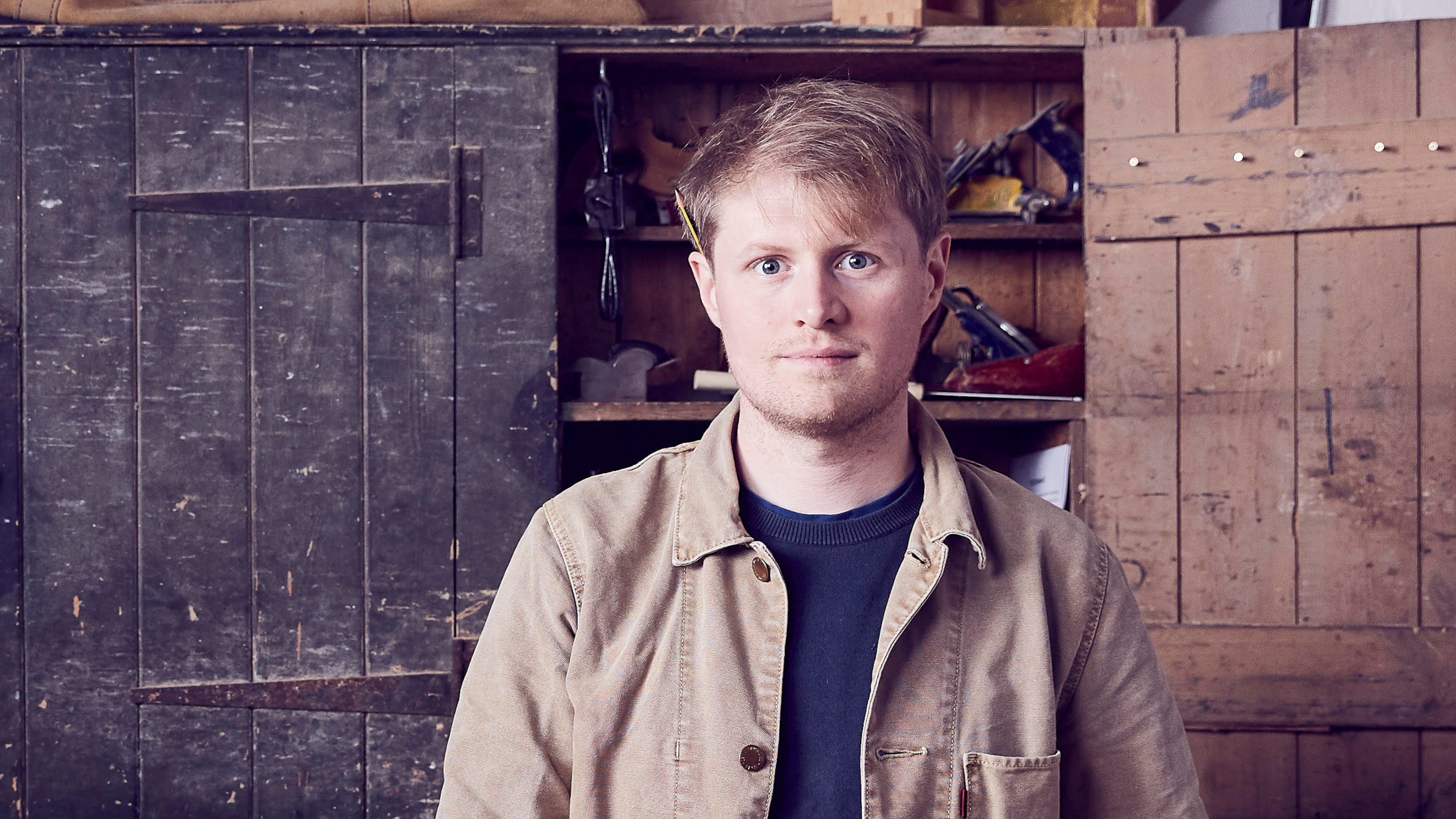
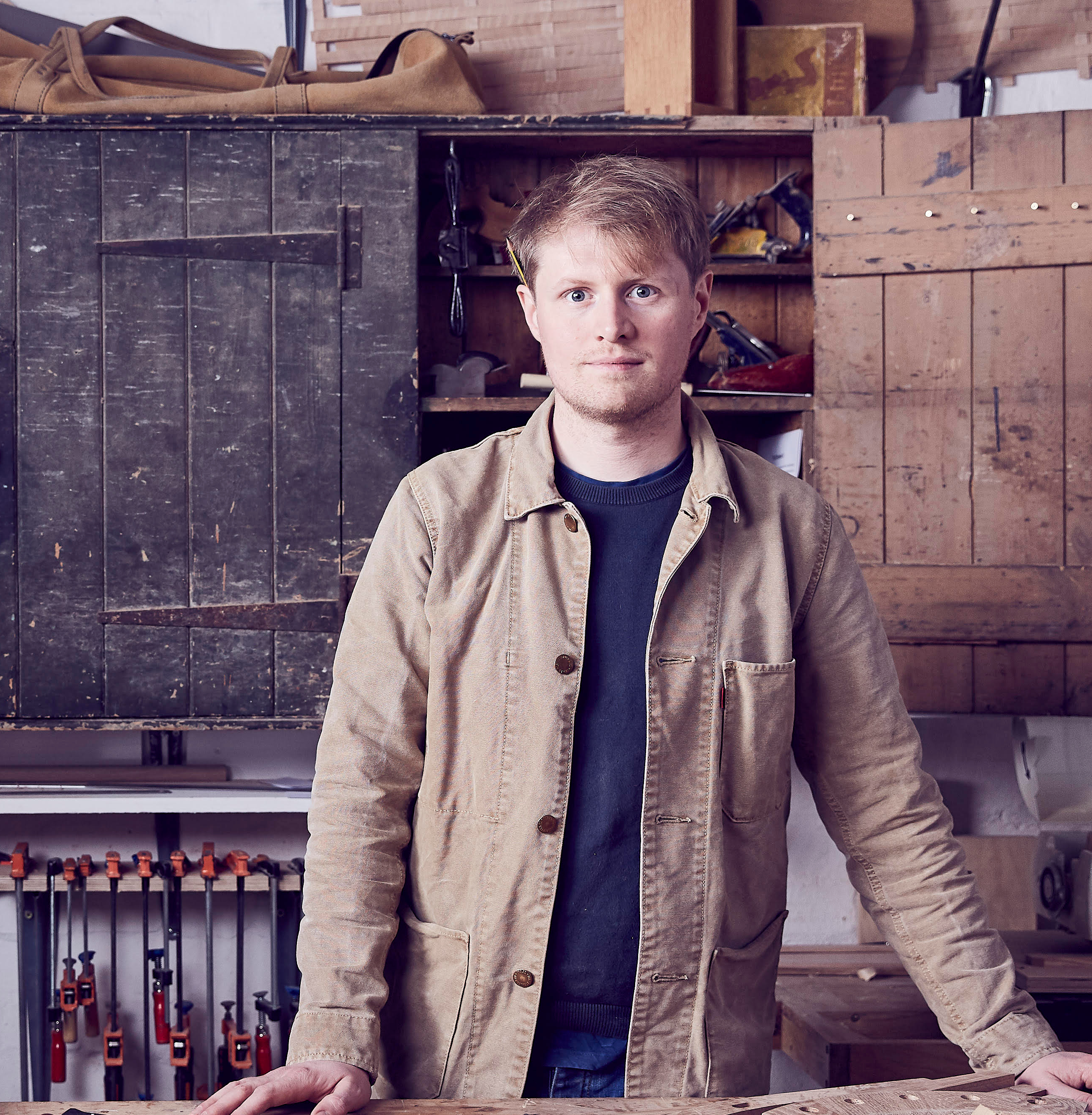
British furniture designer, eco expert and Homes & Gardens columnist, Sebastian Cox charts the renovation of his home, one inspiring and innovatively eco-friendly idea at a time. Each month, he digs deep into the ways in which we can all make a difference within our homes.
With a recent move to Margate (Kent, UK) and his own house renovation currently underway, Sebastian Cox has been on a quest to make the right interior design decisions for his home and young family. Exploring the new – and often old – ways to approach restoration and improvements along the way. Next up – kitchen countertop ideas.
Kitchen ideas have moved far beyond a room of utility and towards a room of indulgence. There is a reason people spend tens of thousands of pounds on a kitchen but struggle to justify even a few hundred pounds on a hand made chair. Generously, Sebastian shares his experience on how he designed, sourced, commissioned and installed a worktop that is ideal for both his family and the planet.
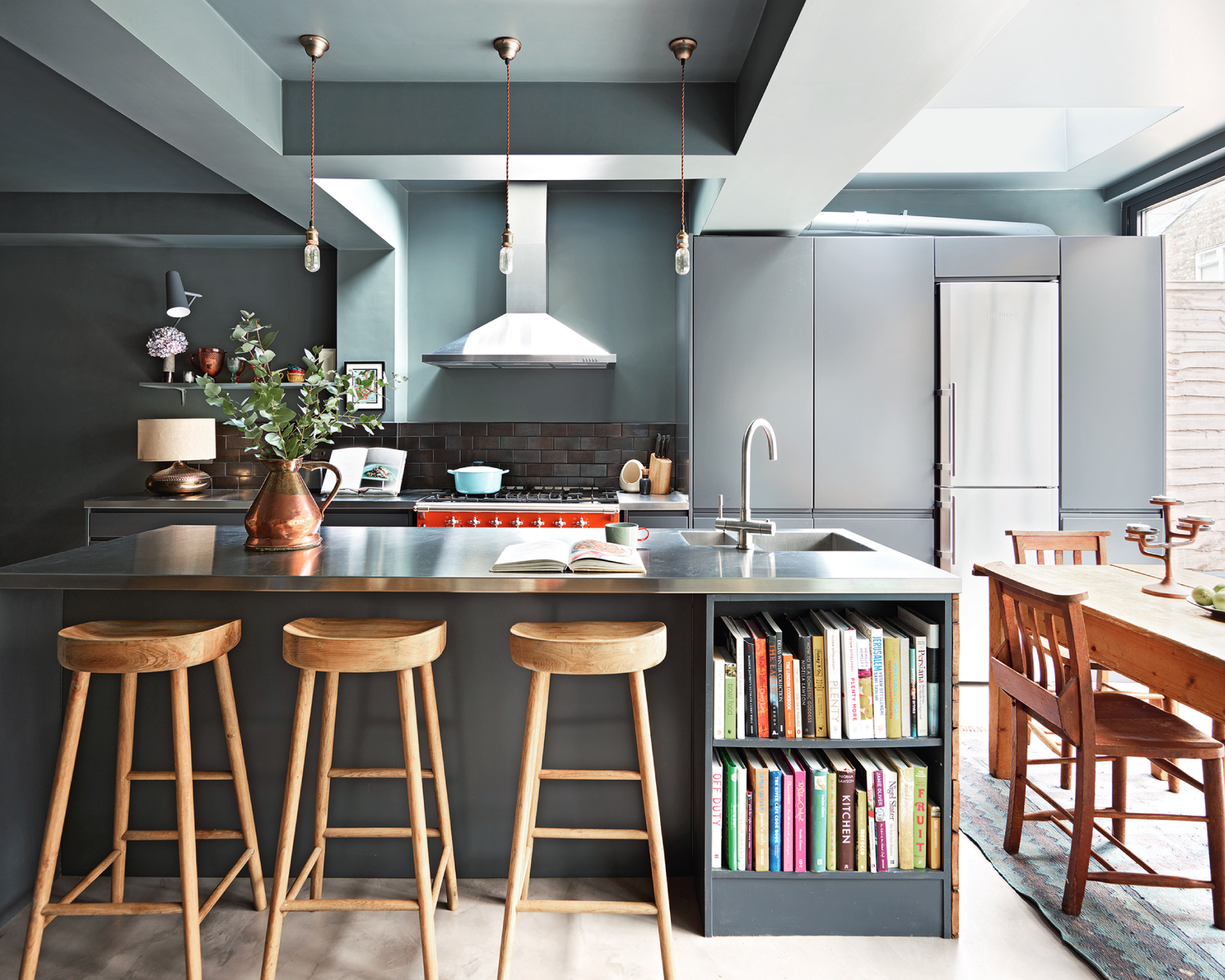
How it all began
Brogan, my wife and co-director of our business, shares my concerns about environmental degradation. However, I sometimes see a look of exhaustion on her face as I impact-assess a new interior decision on the back of an envelope, often concluding wood would be best, as we work through our house. She’s proving she has a latent skill in spatial composition, which keeps our home from being designed by emissions alone, something I’m becoming increasingly grateful for. On our kitchen worktop she put her foot down to no resistance. "I don’t want wood, there is too much wood in this house." Challenge accepted. Low-impact materials not made of wood. I find myself looking around like a man left behind on the moon.
Avoiding short term trends
A commonly held view when doing up our homes is that if a thing is expensive enough its footprint matters less. I often hear luxury brands or studios excusing indulgence if the article is a de facto antique of the future. This is, in my view, a dated mode of thinking around sustainability. Certainly, we want our material culture to reject short term trends and disposability, but the climate and biodiversity emergency we find ourselves in requires us to tread lightly too.
The heart of the home
Somehow the kitchen has become the image of a life well lived and as an enthusiastic home cook and designer of kitchen furniture I do share that perspective, but in a measured way. Generally the cabinetry in a kitchen is made of wood, which can be so light in footprint it embosses the earth, but in finding a material to contrast with our wooden cupboards we can begin to stomp into heavy carbon territory.
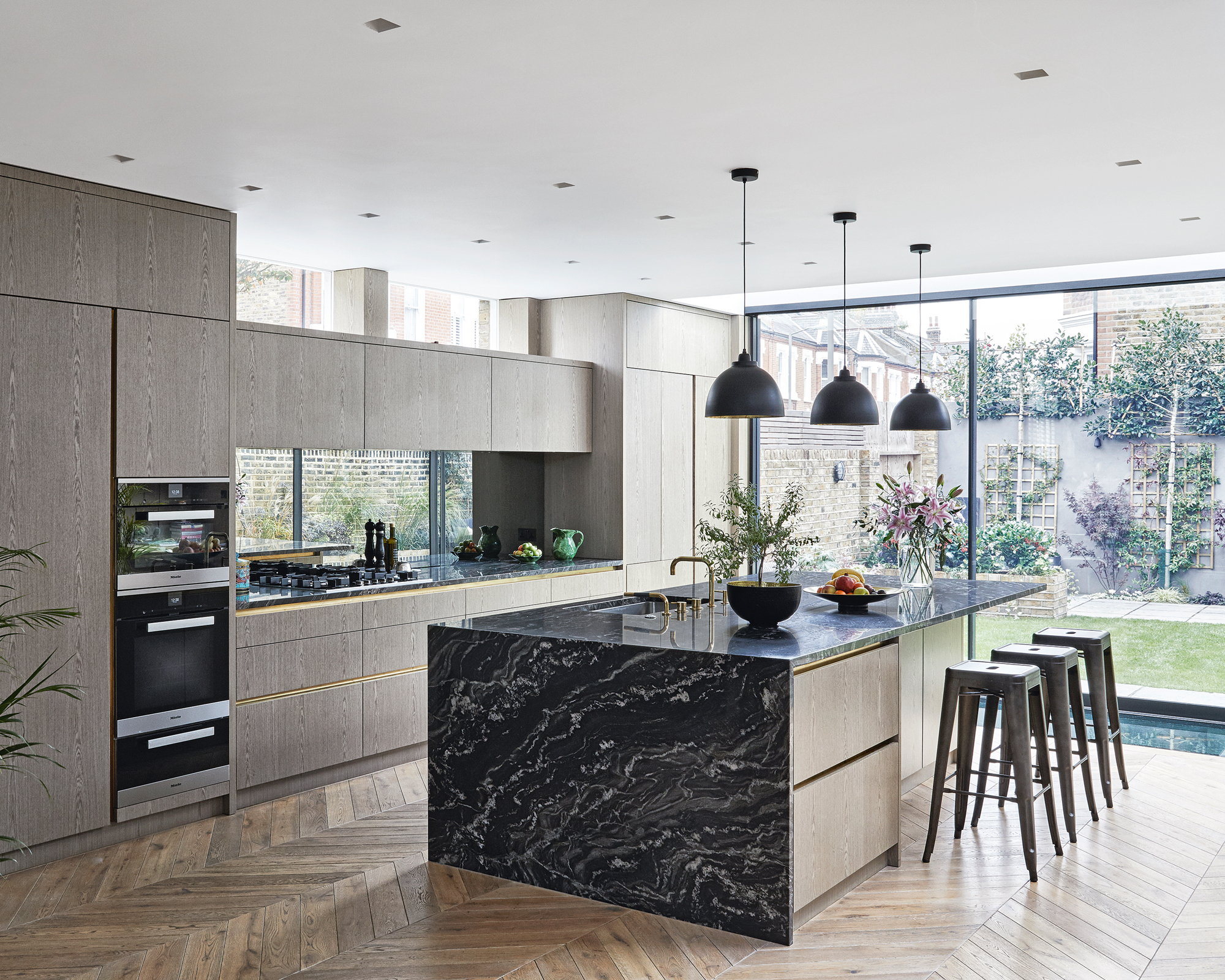
Choose the right material for you
We considered most options; metal and poured concrete quickly dismissed due to carbon intensity (if the cement industry were a nation, it would be third largest emitter of Co2 behind only China and the USA), Silestone falling off the list for feeling overly processed and unrecognisable as stone. Jesmonite and Altrock both made the shortlist for interest and light footprint, but the winner was simple, natural stone, as long as it was quarried and cut in the UK. And that qualification proved to be pivotal in shaping its impact.
Select the right people for the job
I’m lucky to work in an industry of passionate people, working for the joy not the money, and am privileged to have got to know James Elliott, indisputably the best worker of stone in the UK, who offered to help us with our kitchen worktop. He had in stock some stone called Swaledale, from Yorkshire; an extremely hard fossil-filled limestone, grey in color with streaks of golden oxidisation and clusters of creatures pressed in from prehistory. Along with this stone came a wealth of knowledge about the industry James works within, which seems to be full of environmental sins, overlooked for aesthetics and price.
Consider the overall impact of the material
A bit like wood, because stone doesn’t require heat to process it, its workshop impact is relatively low. Saws and CNC machines use energy, but nowhere near as much as furnaces or foundries, for example. Stone’s big environmental downfall is in the miles this very heavy material often travels. In the UK we import most of our stone from nations with cheap labor (and lower health and safety standards) like India and China, whether it's been quarried there or further afield. Italian slabs can have been sent to China for processing because of the cheap labor. Some stone quarried in the UK is sent to Italy for cutting before returning to be sold here, so even local stone can have high emissions.
Our piece of Swaledale travelled down the A1 to James’ workshop in Rutland, cut with great skill on his impressively accurate machines which recycle the water they use as lubrication, and then down the A2 to our home in Margate in the back of my car, suspension crushed. Because it was too risky to cut the hob hole before transport, I had the dusty, slow, noisy, wet experience of cutting that myself with the top in situ with an angle grinder, deepening my respect for James and his work, and testing the patience of my family who sat next door for the day.
Find the joys of natural materials
As always, when the maker you work with is connected to their material, tracing your impact is easy. It turns out we have a lot of stone here in the UK yet to be quarried, but when the domestic industry is competing with lower standards around the world, it struggles. It struggles further when up against a trend-based market leaning towards the likes of Carrara marble, now bordering on ubiquitous in affluent homes.
Our native geology, mercifully, is much more diverse than our kitchens would lead us to believe, ranging from dark granites through to lighter limestones, all with interesting color streaks and variations. I adore our kitchen worktop because it’s hard, full of interest and narrative, made by people I respect, and hasn’t cost the earth to get here. With a bit of research and borrowed expertise, it has served to complete our kitchen, and contribute to the image we hold in our heads of a well-lived life, without compromising our future.
Sign up to the Homes & Gardens newsletter
Design expertise in your inbox – from inspiring decorating ideas and beautiful celebrity homes to practical gardening advice and shopping round-ups.

Deeply curious about the link between the things we make and buy, and their impact on our environment, Sebastian runs a business with his wife Brogan which makes furniture from British wood; they also manage woodland and mill trees to give them material to work with, deepening their understanding of the connection between resources and habitats. They’ve won awards for their work, which spans individual pieces for private clients, contract projects with public bodies and brands, and ongoing relationships with architects and interior designers. This gives them a broad understanding of how to bring beautiful design into useful, meaningful spaces, while having a positive impact on the natural world. Sebastian writes for Homes & Gardens about sustainability.
-
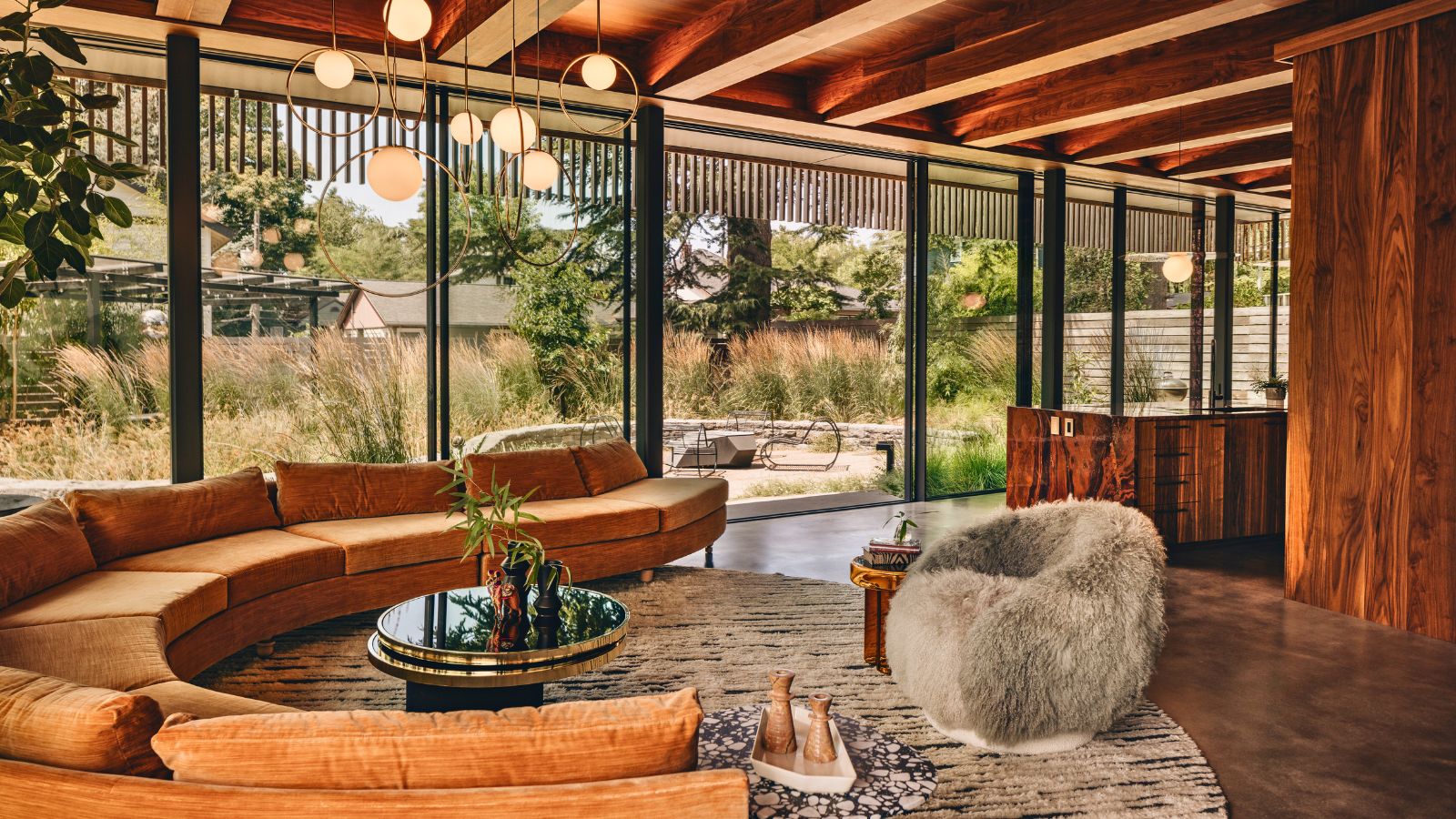 'Sexy disco-era Italy meets Japanese farmhouse in the Brazilian jungle' was the description the interior designer gave this glass-walled modernist home
'Sexy disco-era Italy meets Japanese farmhouse in the Brazilian jungle' was the description the interior designer gave this glass-walled modernist homeOffering a warm welcome that defies its stark, modernist lines, this archictectural gem is full of surprises
By Karen Darlow
-
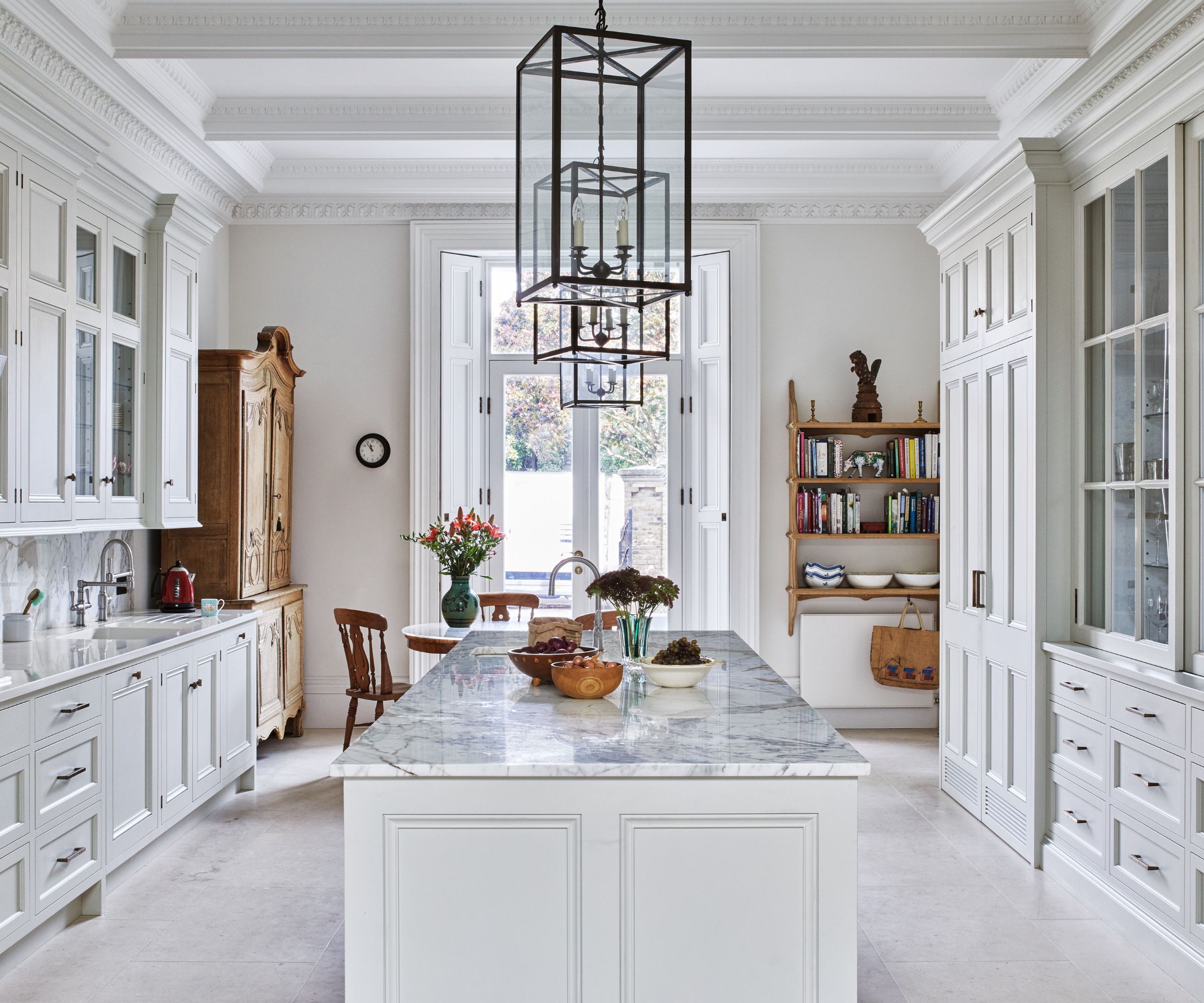 Are you making the most out of the estate sales in your area? These are the 5 most valuable items you should be shopping for
Are you making the most out of the estate sales in your area? These are the 5 most valuable items you should be shopping forVintage lovers and antique experts share the objects you should always look out for when you're exploring an estate sale
By Eleanor Richardson